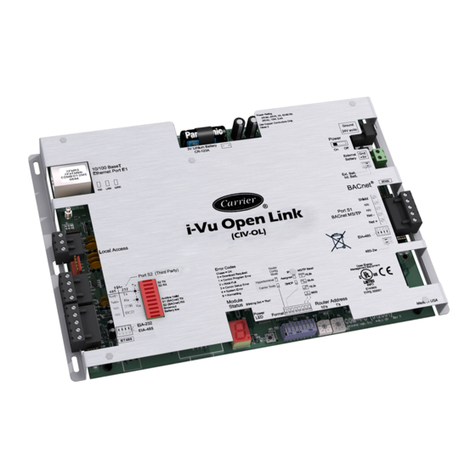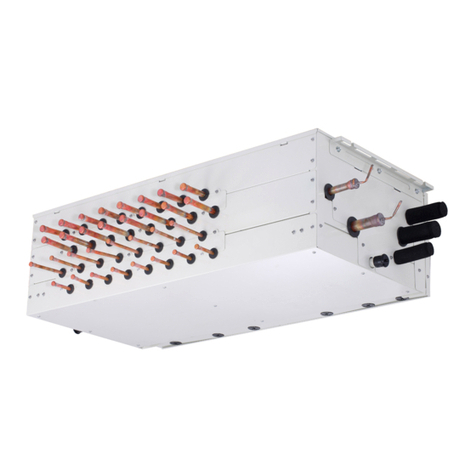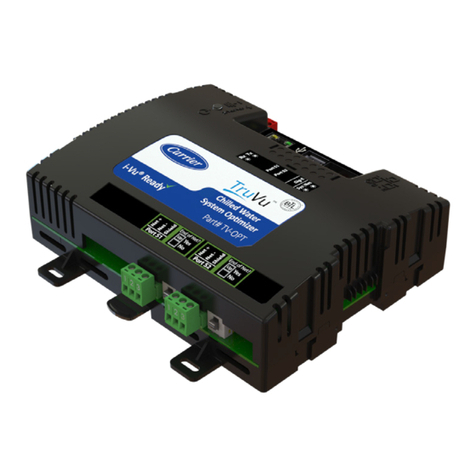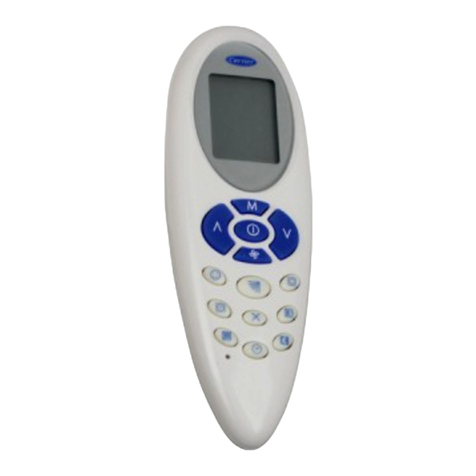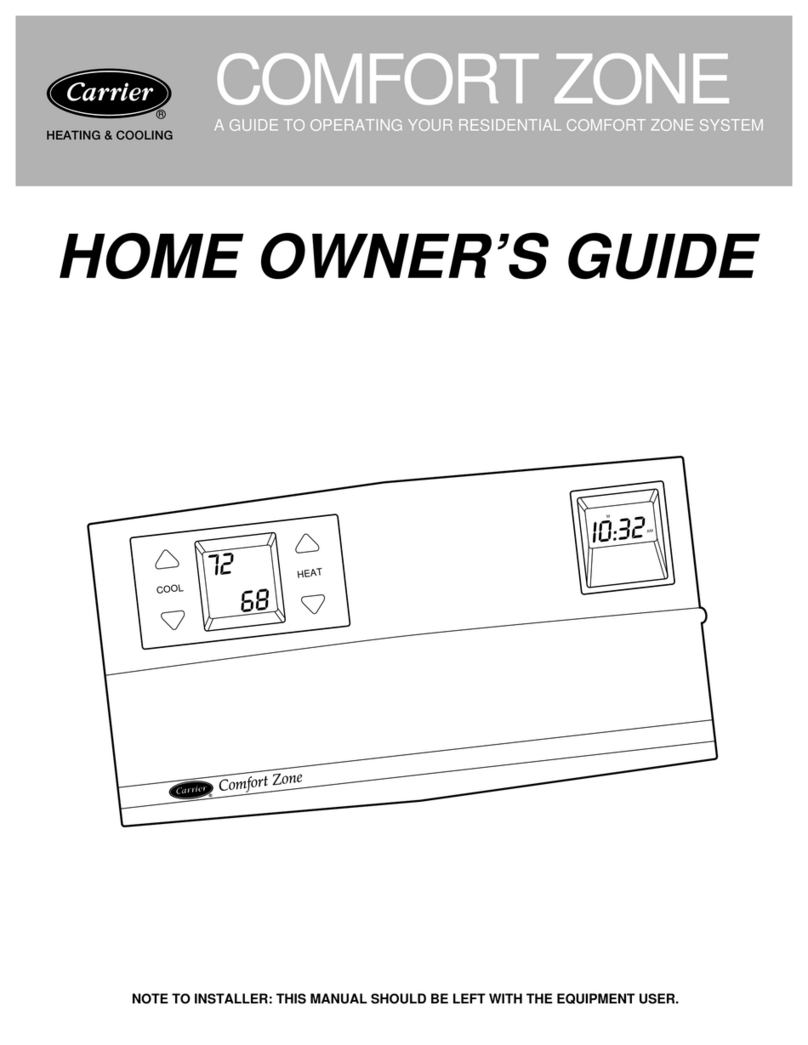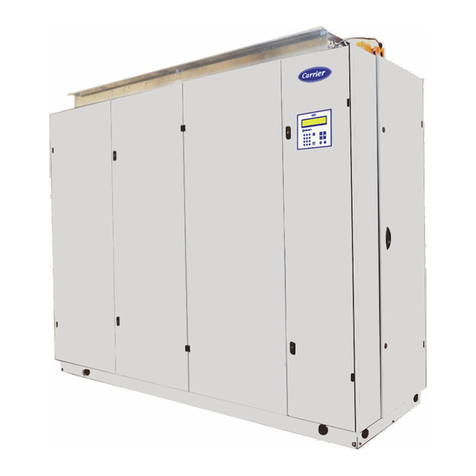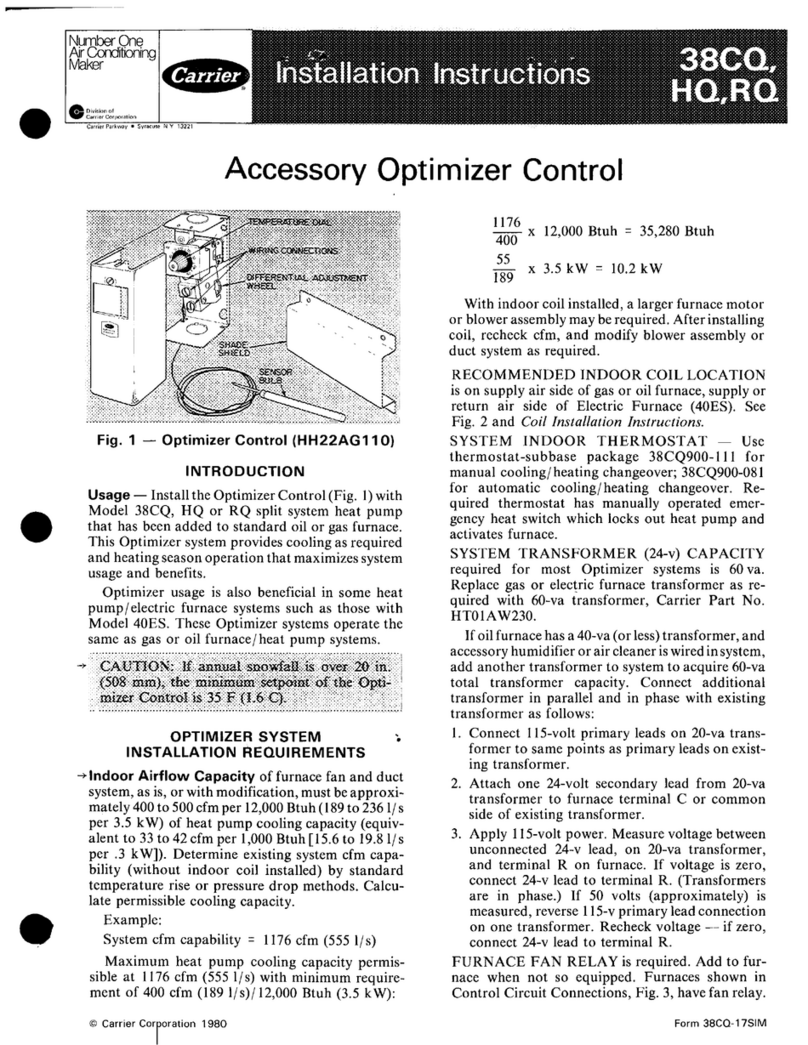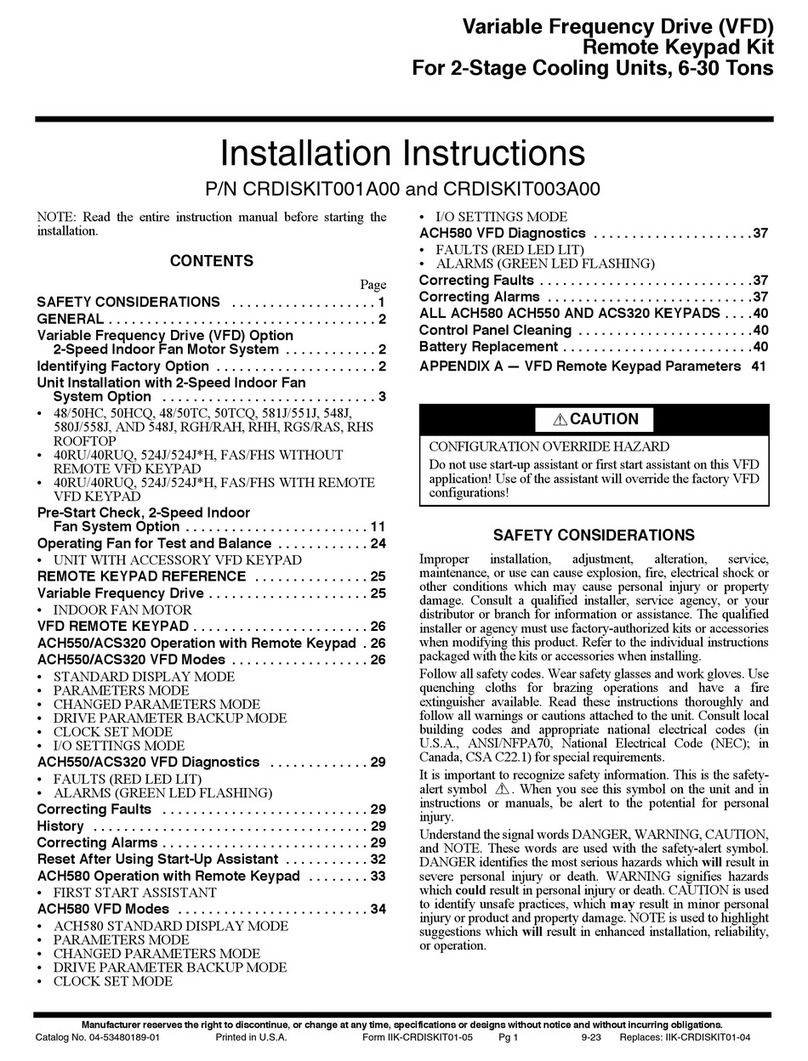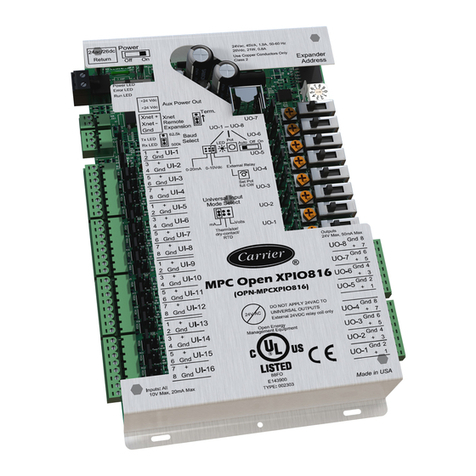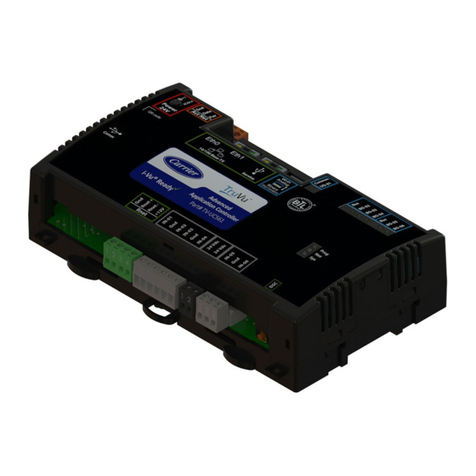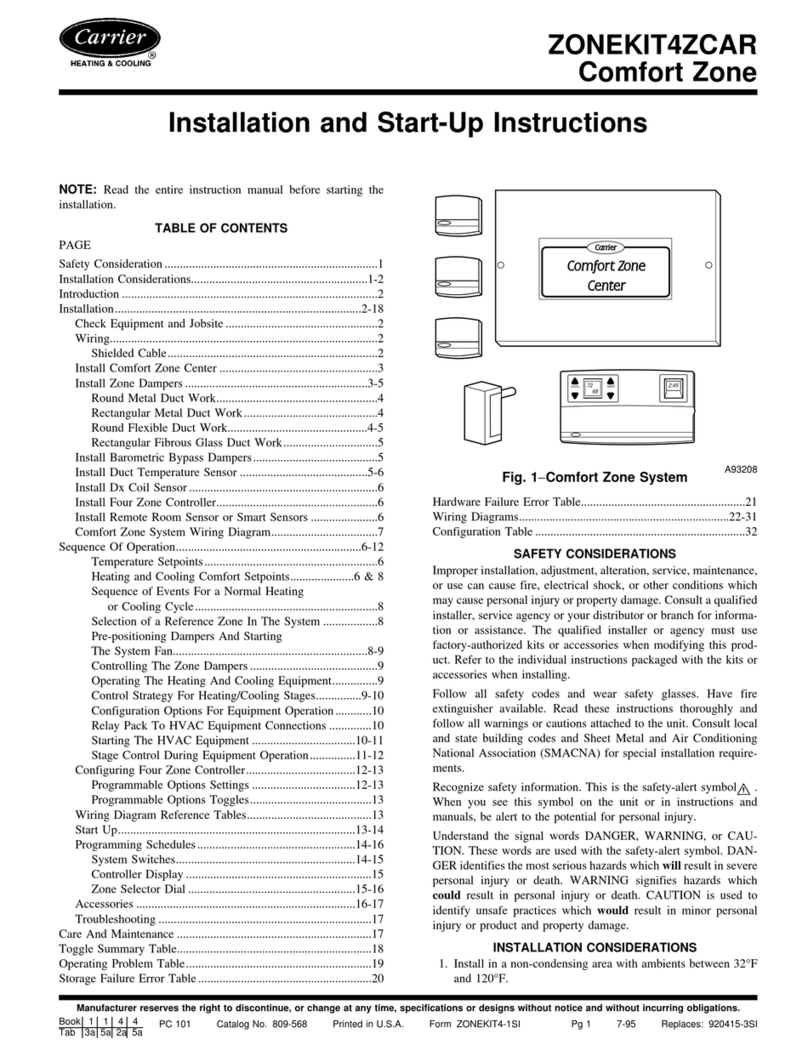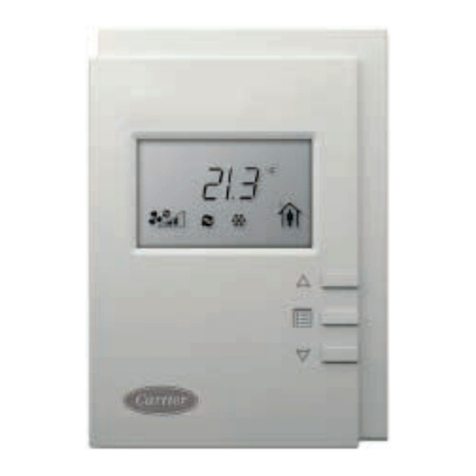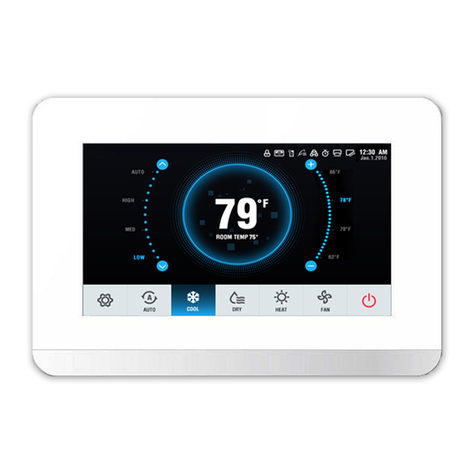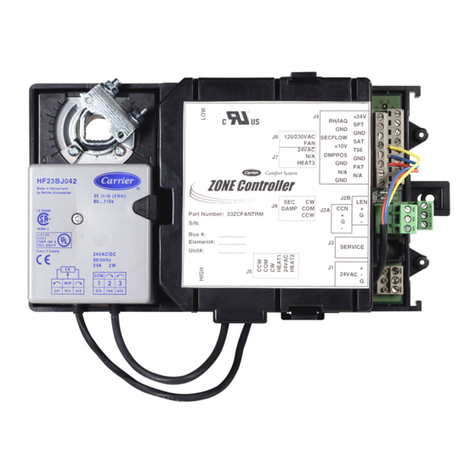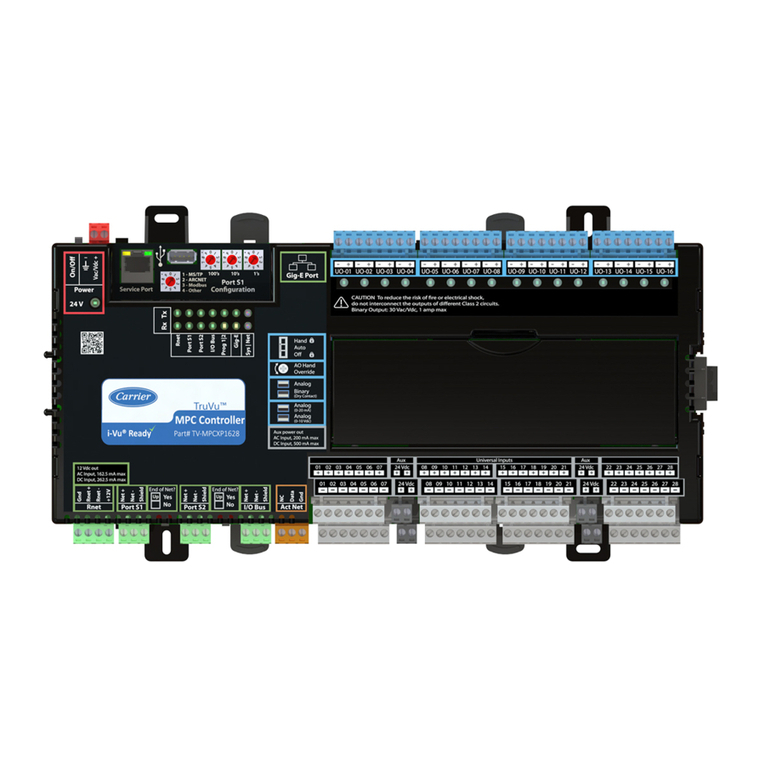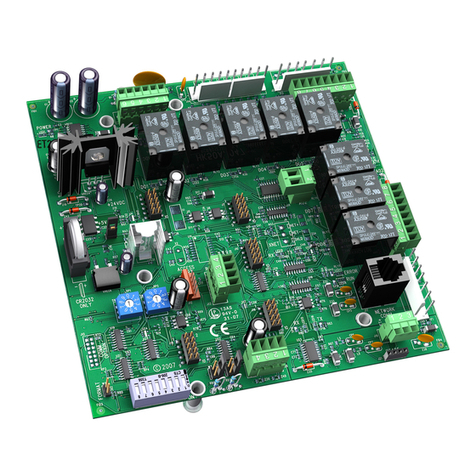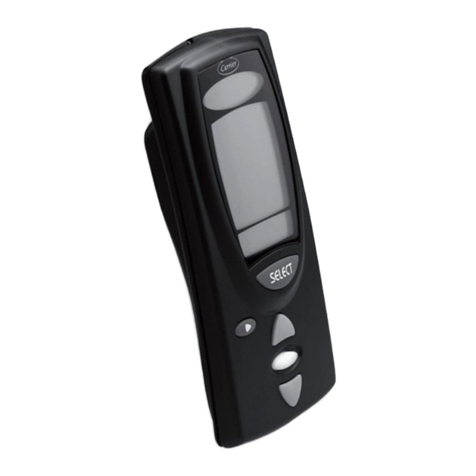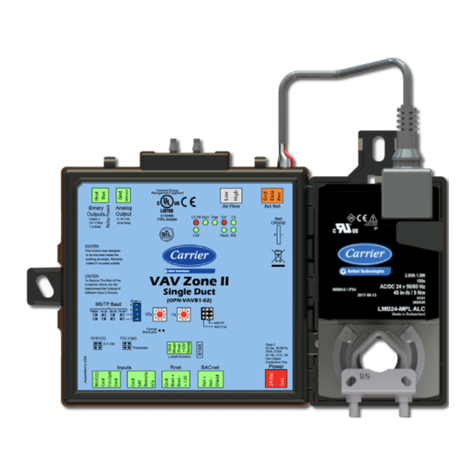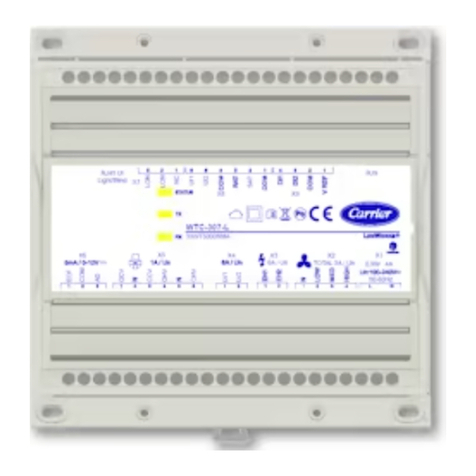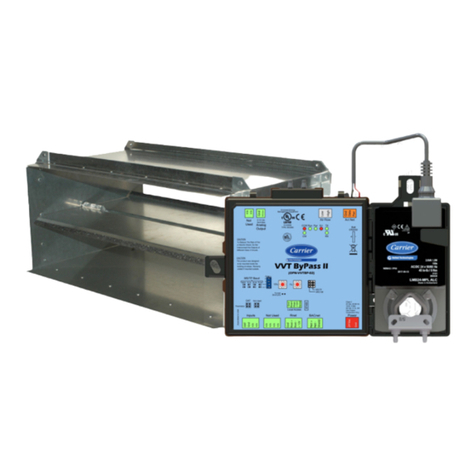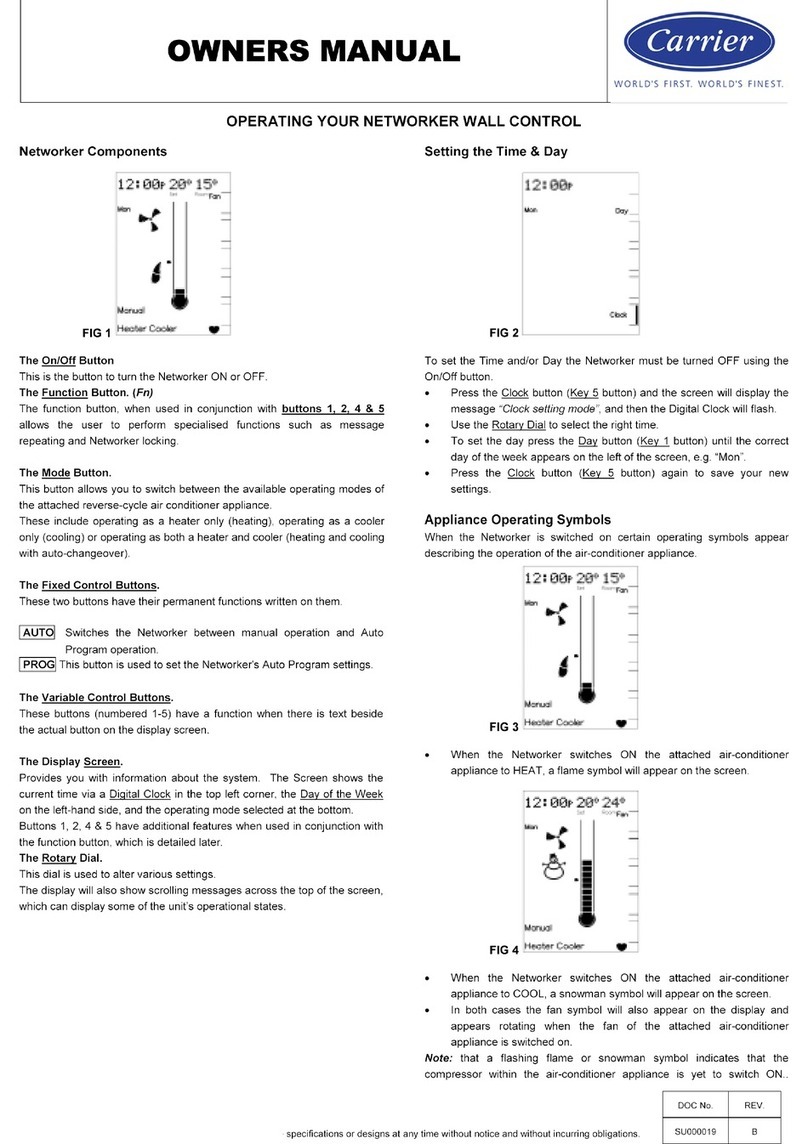
CPLOWAMB
LEFT
COIL
MOTORMASTER
tt
=
—
eLECTRICAL
BLOWER
ACCESS ACCESS
PANEL
PANEL
COMPRESSOR
ACCESS
PANEL
MODELS
A48ES-A,
48EZ-A,
48VL-A,
48VT-A
50ES-A,
50EZ-A,
48VL-A,
48VT-A
§74D--A,
674D--A,
577C--A,
677C--A
704D--A, 604D--A, 707C--A,
607C--A
PGDS,
PODS,
PGD4
PADS,
PHD3,
PAD4,
PHD4
PY3G,
PA3G
WPGS3,
WPA3,
WPH3
A11089
oS
a
Se
=S
mae
SSS
|
BeESS
SSSSSSS
|
222222
SSSSSPS
SSS
Sass
SSSS8S85
|
SS
aes
SSSSSSS
|
SSeS
See
SSSSS25
|
See
ess
SSSS3SS3S3
|
SeSeess
SSSiSS3
|
See
eSes
Motormaster
If
SSSSSSS3
|
SSS
eee
SSSSSS8
|
222222
SSQSS8SS|
Seo
SeSes
SSSSS538
|
SSeeees
SSSSSS88
|
Spe
aees
SSS
S|
SSeS
Ss
SSSSS838|
2BeesteZ
SSSSS323|
2eSeee=
SSSSSS8
|
222222
SSSS8S2
|
SSeS
Sese
SSSSSS35)
|
Sree
Sseesee
SSSSSS838
|
2Geeaeee
SSSSSSS
|
SSeeeses
SSSSSS83)
|
2eeeee
SSSESS
2
|
Sree
eae
SSSSS383
|
2ereees
SSSSSSS8|
ZB2Z22Z222
SSS8
|
Sees
.
SSSSSS
ZZZE
Electrical/
SSNS
Ze
Compressor
ASS
Coil
Access
OS
Panel
Models
50ZHB,
50ZPB,
PHJ3,
PAJ3,
PH3Z,
PA3Z,
WJH3,
WJA3
A11090
Fig.
2
-
Access
Panel and
Motormaster
Location
SENSOR
INTEGRAL
WIRE
TIE
3/8"
HEADER
TUBE,
CONDUCTIVE
GREASE
OR
RETURN
BEND
NOTE:
INSTALLED
SENSOR
MUST
BE
LEFT
UNINSULATED,
Sensor
Connection
Detaiis
A11106
Fig.
3
-
Connection
Details
DESCRIPTION
AND
USAGE
The
Motormaster
II
head
pressure
controller
is
a
cycle
control
device
activated
by
a
temperature
sensor
mounted
on
a
header
tube
of
the
outdoor
coil
(see Fig.
1).
It
is
designed
to
cycle
the
outdoor-fan
motors
to
maintain
the
saturated
condensing
temperature
within
normal
operating
limits
of
approximately
130
to
110°F
high
(54°C
to
43°C),
70
to
50°F
low
(21
to
10°C).
The
controller
maintains
working
head
pressure
at
low
ambient
temperatures
down
to
-20°F
(-29°C)
when
properly
installed.
INSTALLATION
1.
Disconnect
power
to
unit.
Install
lockout
tag.
2.
Remove
unit
electrical,
blower
and
compressor
access
panel.
(See
Fig.
2.)
3.
Disconnect
black
lead
from
the
outdoor-fan
motor
(OFM)
and
connect
to
Motormaster
control
(See
Wiring
Schematic,
Fig.
7
or
8).
4.
Using
a
knockout
punch
and
die
combination,
make
hole
in
the
access
panel
to
feed
MotormasterII
Control
wire
leads
to
the
side
of
its
mounting
location
(See
Fig.
2
and
Fig.
4
or
Fig.
5).
NOTE:
Field-supplied
conduit
must
be
used
between
controller
and
access
panel
(or
wire
into
unit
entrance).
Created
hole
on
the
access
panel
must
be
sealed
to
comply
with
National
Electric
Code
(NEC).
5.
Mount
Motormaster
II
Controller
on
unit.
Refer
to
Fig.
2
and
Fig.
4
or
Fig.
5,
The
controller
must
be
mounted
vertically
with
the
leads
at
the
bottom.
Using
the
Mounting
Template
(Fig.
9)
as
a
guide,
drill
mounting
holes. To
ensure
electrical
ground,
insert
star
washers
(supplied
with
the
controller)
under
the
heads
of
mounting
screws.
6.
Determine
sensor
location
by
referring
to
Fig.
10-41.
Route
sensor
wire
through
bottom
of
Motormaster
II
Controller
(Fig.
1) to
sensor
location
specified.
Prior
to
installation,
apply
conductive
grease
supplied
with
accessory
to
contact
surface
of
sensor.
4&
CAUTION
COMPONENT
DAMAGE
HAZARD
Failure
to
follow
this
caution
may
result
in
component
damage.
Sensor
assembly
is
delicate.
Handle
with
care.
7.
Attach
sensor
to
tube
as
shown
in
Fig.
3.
Installed
sensor
must
be
left
uninsulated.
8.
Power
wiring
must
comply
with
all
local
and
National
Electrical
Code
(NEC)
and
International
Electric
Code
(IEC)
requirements.
Refer
to
Fig.
7
and
8
for
power
wiring
connections.
Coil
up
all
excess
wire
and
secure.
(Yellow
and
blue
wires,
from
controller,
must
run
to
unit
contactor
and
connect
on
the
load
side.)
4&
CAUTION
UNIT
OPERATION
AND
COMPONENT
DAMAGE
HAZARD
Failure
to
follow
this
caution
may
result
in
improper
unit
operation
or
component
damage.
All
wires
must
be
secured
so
that
they
are
not
in
contact
with
unit
tubing.
9,
To
prevent
wind
cross-currents form
causing
abnormally
low
condensing
temperatures,
louvered
panels
are
required
on
some
models.
See
Table
1
and
2
for
models
requiring/not
requiring
louvered
panels.
10.
Screw
back
ail
access
panels
11.
Reconnect
power
to
the
unit.
The
Motormaster
II
head
pressure
controller
is
equipped
with
an
alternate
operating
mode.
When
this
mode
is
selected,
the
controller
shifts
the
fan
cycle
sequence
to
effectively
raise
the
average
condensing
temperature
approximately
20°F
(-6.7°C)
higher
than
the
standard
operating
mode.
In
this
alternate
mode,
the
outdoor
fan
begins
cycling
at
higher
outdoor ambient
temperatures.
This
mode
should
only
be
used
if
the
evaporator
coil
shows
signs
of
frosting
at
low
outdoor ambient
temperatures.
To
select
the
alternate
operating
mode,
move
the
jumper
wire
on
the
Motormaster
II
control
board from
reset
T1
to
T2.
Refer
to
Fig.
6
for
thermistor
resistance
vs.
temperature.
2
